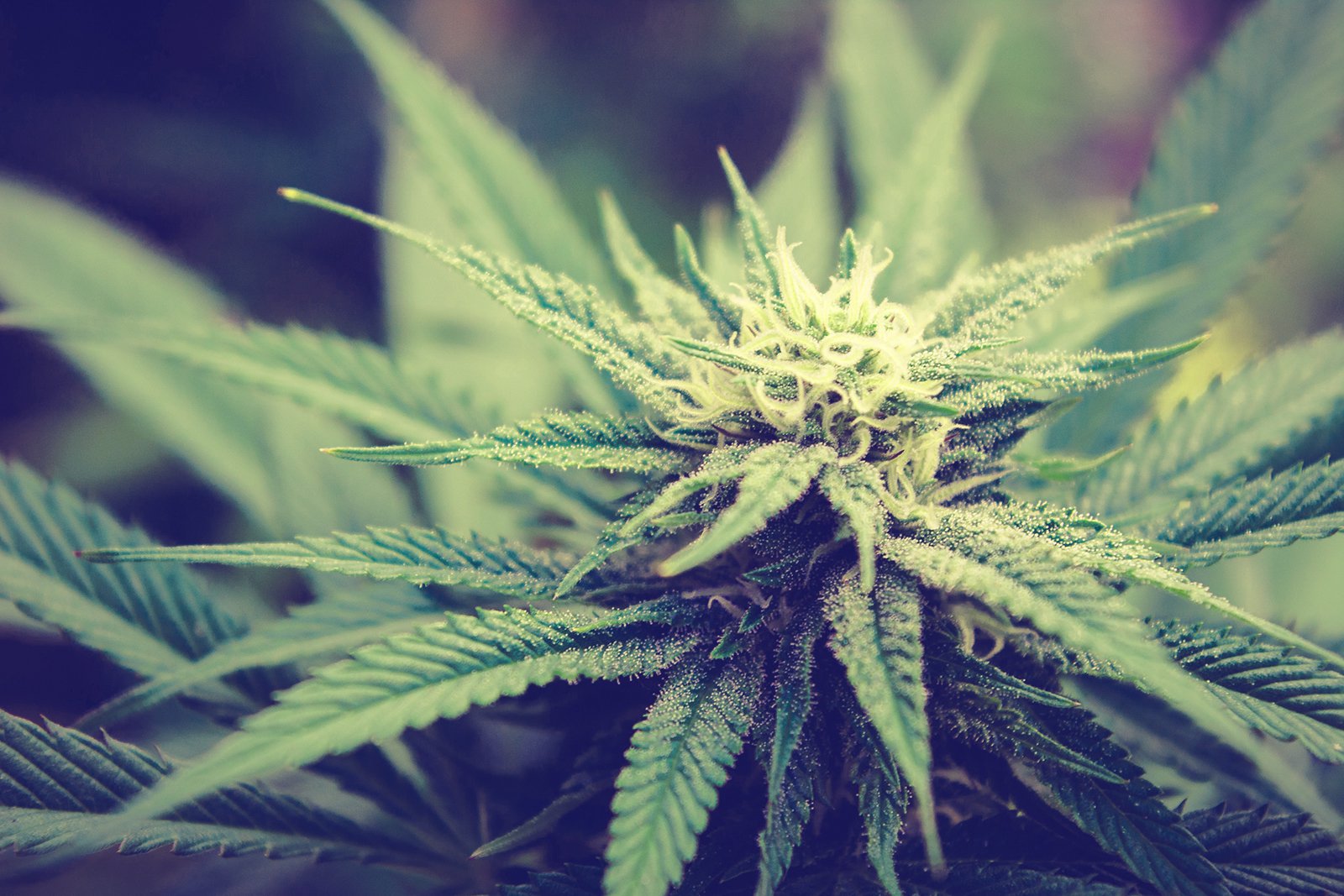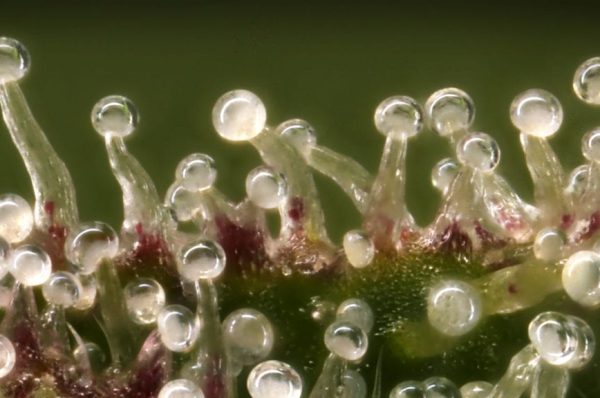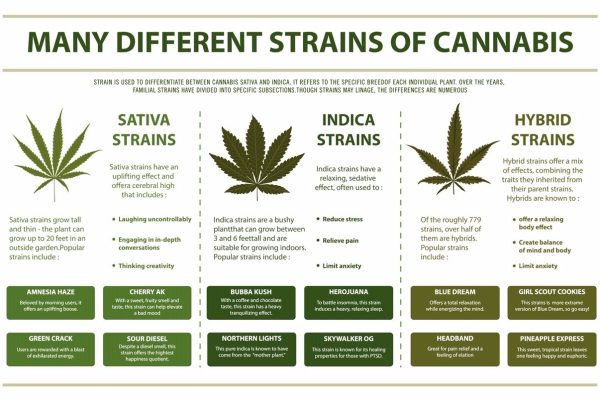In the burgeoning world of wellness and natural remedies, Cannabidiol (CBD) stands out as a beacon of potential. Extracted from hemp biomass, CBD is gaining popularity for its purported health benefits without the psychoactive effects associated with its cousin compound, THC (tetrahydrocannabinol). This comprehensive guide delves into the intricate process of CBD extraction from hemp biomass and explores its various forms, including crude oil, distillate, and isolate. Moreover, it sheds light on the myriad of ways CBD can be consumed, from edibles and smoking flower to topical applications and tinctures, highlighting the health-related benefits tied to each.
Unveiling the Process: Extraction of CBD from Hemp Biomass
The extraction of CBD from hemp begins with the cultivation of hemp plants rich in CBD but low in THC, adhering to the legal threshold of less than 0.3% THC content. Once harvested, the hemp biomass undergoes extraction to separate CBD and other beneficial cannabinoids from the plant material. The most common extraction methods include:
- CO2 Extraction: A sophisticated method that uses supercritical carbon dioxide to isolate and maintain the purity of the CBD. It’s considered safe and efficient, producing high-quality CBD extract but requires significant investment in equipment and expertise.
- Ethanol Extraction: Involves soaking the plant material in ethanol to extract the cannabinoids. It’s a more straightforward and cost-effective method compared to CO2 extraction. However, it may also extract unwanted compounds, requiring additional refinement steps.
- Oil Extraction: Typically a more accessible, small-scale method using carrier oils like olive oil to extract CBD. It’s safe and straightforward but less efficient and may result in a less concentrated product.
From Biomass to Wellness: Forms of CBD Extract
After extraction, the CBD product undergoes further refinement to achieve various forms, each with its unique characteristics and uses:
- CBD Crude Oil: The initial extract containing CBD, other cannabinoids, terpenes, and plant waxes. It’s dark in color and requires further refinement to remove impurities and unwanted compounds.
- CBD Distillate: A more refined product than crude oil, CBD distillate undergoes distillation to increase cannabinoid concentration. It retains some terpenes and cannabinoids, offering the “entourage effect” but with a higher purity level than crude oil.
- CBD Isolate: The purest form of CBD, containing 99% cannabidiol. All other plant compounds are removed, resulting in a crystalline powder. It’s ideal for consumers looking for the sole benefits of CBD without any other compounds.
Health-Related Benefits of CBD and Consumption Methods
CBD has been linked to various health benefits, though it’s crucial to note that research is ongoing, and more studies are needed to fully understand its effects. Reported benefits include anxiety relief, pain management, neuroprotective properties, and potential heart health benefits. Here are popular methods of consuming CBD, each offering unique advantages:
- Edibles (Gummies, Candies, Baked Goods): Provide a discreet and easy way to consume CBD with long-lasting effects. However, the onset of effects is slower as the CBD must pass through the digestive system.
- Smoking Flower: Offers immediate effects as CBD enters the bloodstream directly through the lungs. It’s a traditional method favored for its fast action and natural form.
- Topical Creams and Lotions: Ideal for targeted relief, CBD-infused topicals are applied directly to the skin. They’re commonly used for localized pain relief, inflammation, and skin conditions.
- Tinctures: CBD oil tinctures are taken sublingually (under the tongue), providing a balance between quick onset and lasting effects. They allow for precise dosing and are a discreet consumption method.
Embracing the Natural Path with CBD
As the world leans more towards natural and holistic approaches to health and wellness, CBD from hemp biomass is stepping into the limelight. Its versatility in forms and methods of consumption makes it accessible to a wide audience, catering to diverse preferences and needs. While the potential health benefits of CBD are promising, it’s crucial for consumers to conduct thorough research and consult healthcare professionals before integrating CBD into their wellness routines. As the industry continues to evolve, the future of CBD looks promising, heralding a new era of natural wellness solutions.
Remember, the efficacy of CBD and its health benefits are subject to ongoing research, and it’s essential to approach this natural compound with an informed and cautious perspective. Whether you’re considering CBD for general wellness or specific health concerns, embracing this compound is about finding balance and choosing a path that aligns with your personal health journey.




